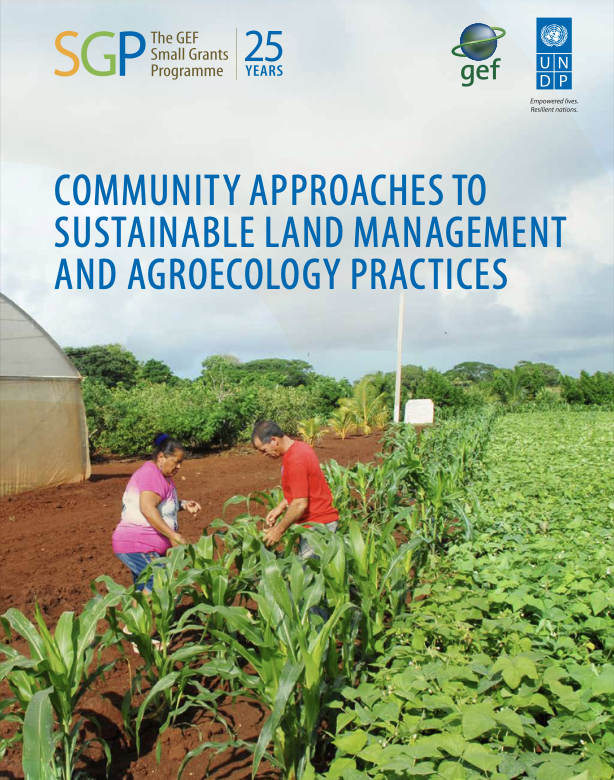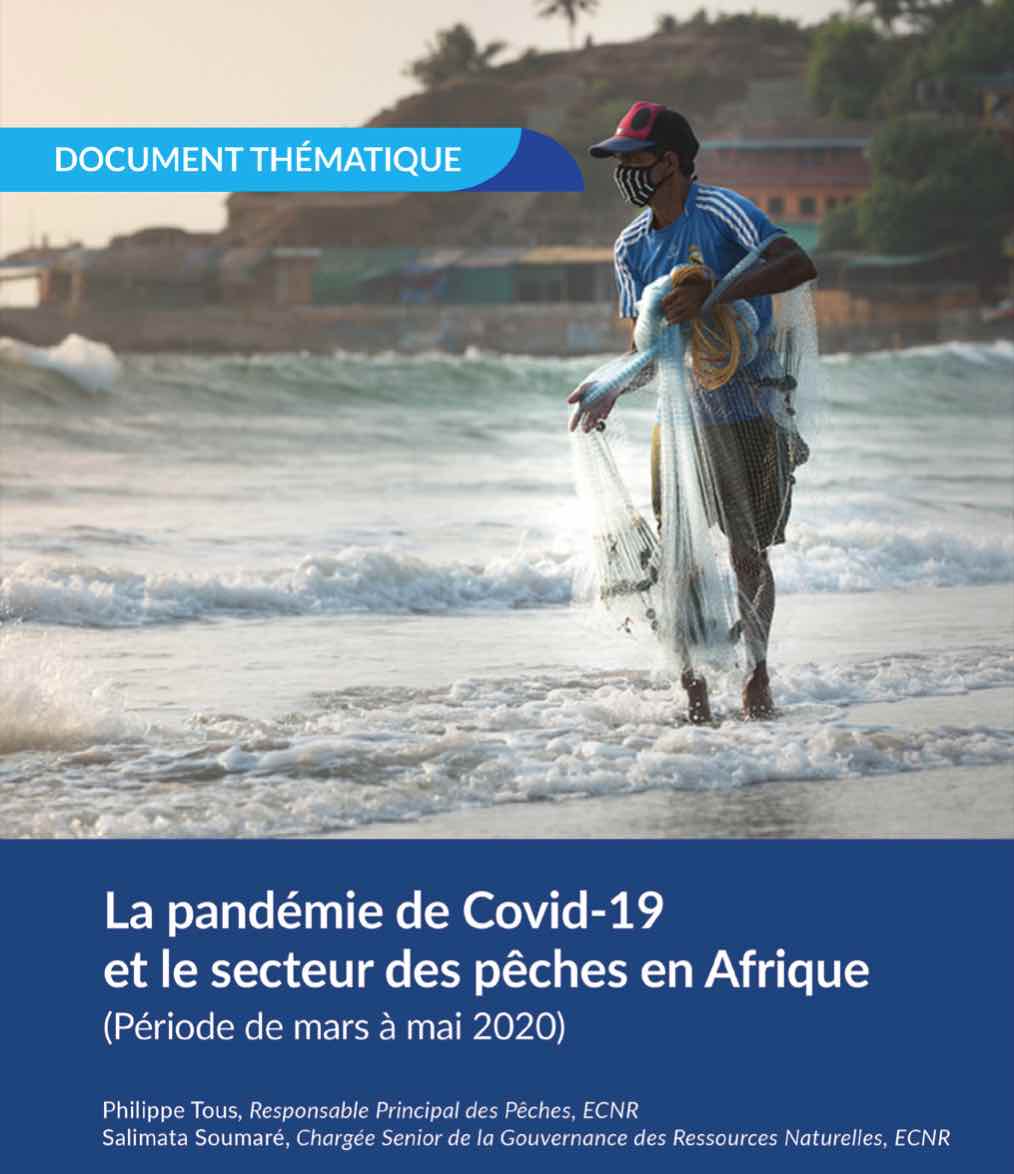Promoting the sustainability of terrestrial ecosystems and halting desertification, land degradation and biodiversity loss.
Facts and Figures: ➡ Every minute, 23 hectares of arable land are lost due to drought and desertification. ➡ Over the last two decades, approximately 20 per cent of the Earth’s vegetated surface has shown persistent declining trends in productivity, mainly due to unsustainable land and water use and management practices. ➡ Every year, 13 million hectares of forest are lost that are home to more than 80 per cent of all land-based species and which provide livelihood to 1.6 billion people.




